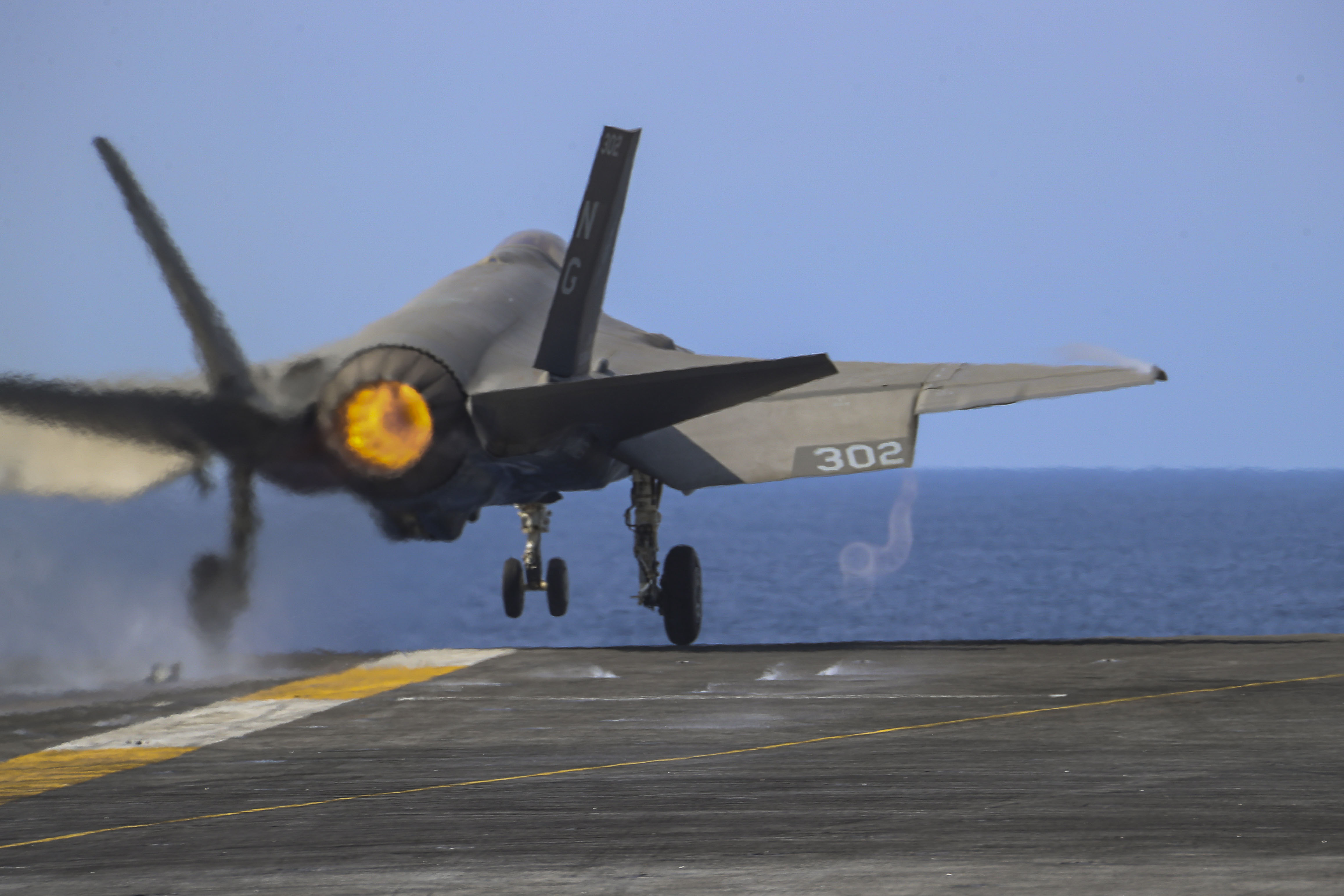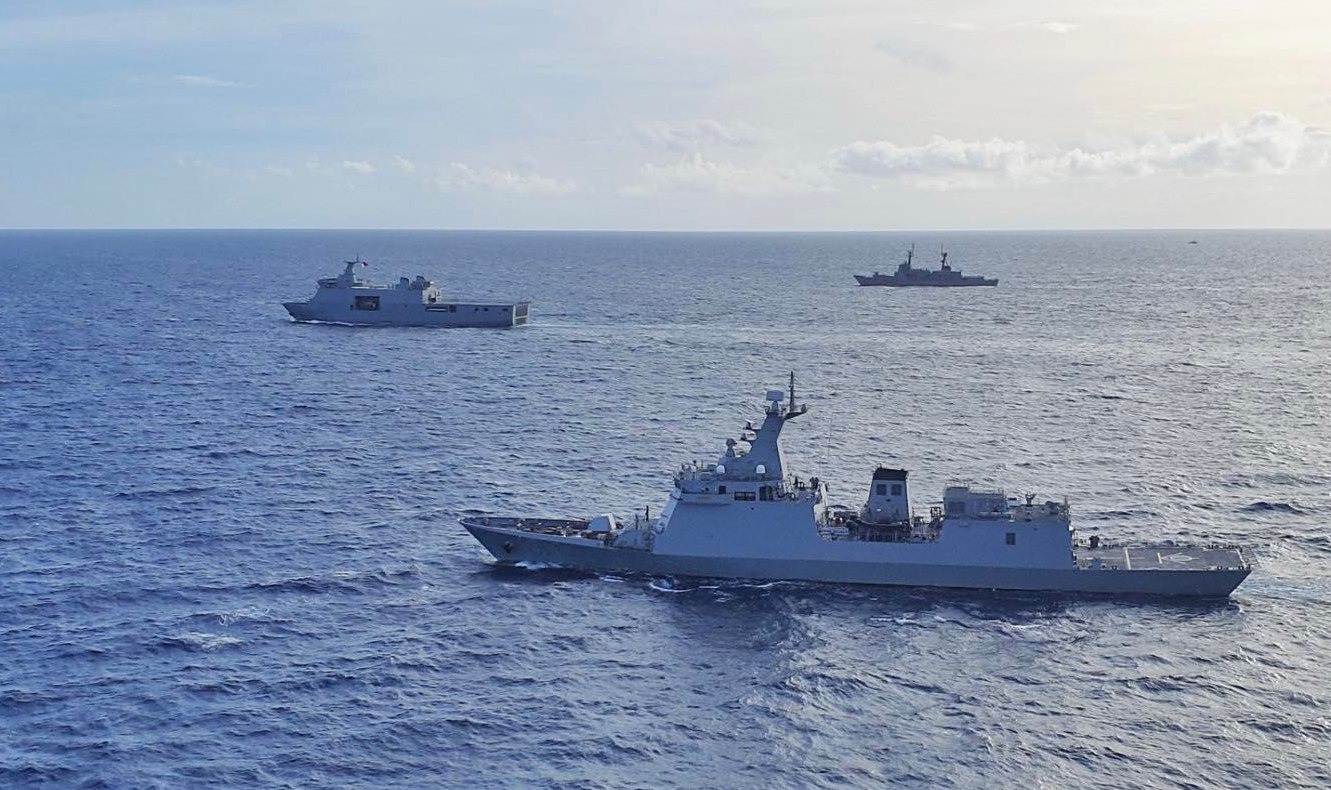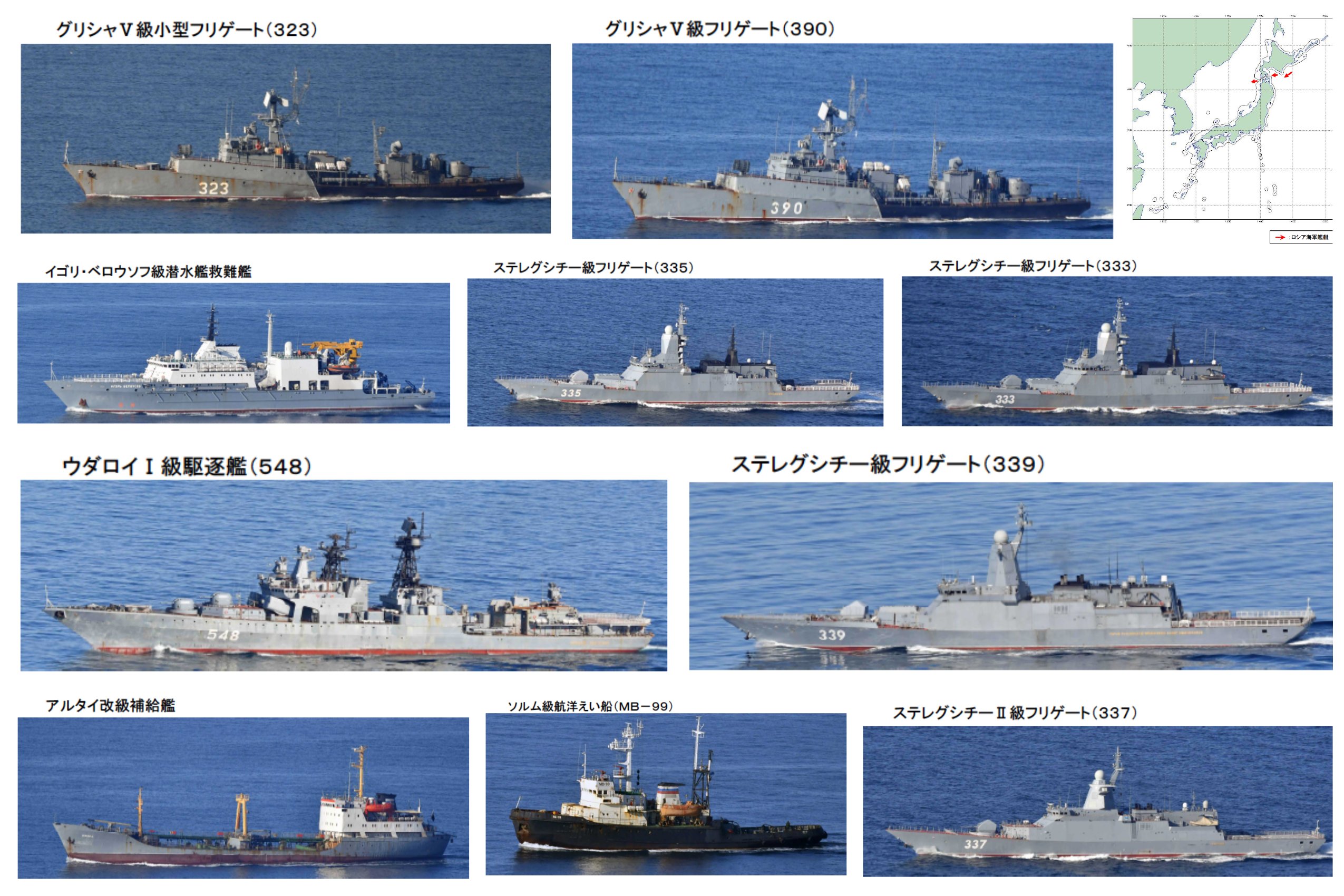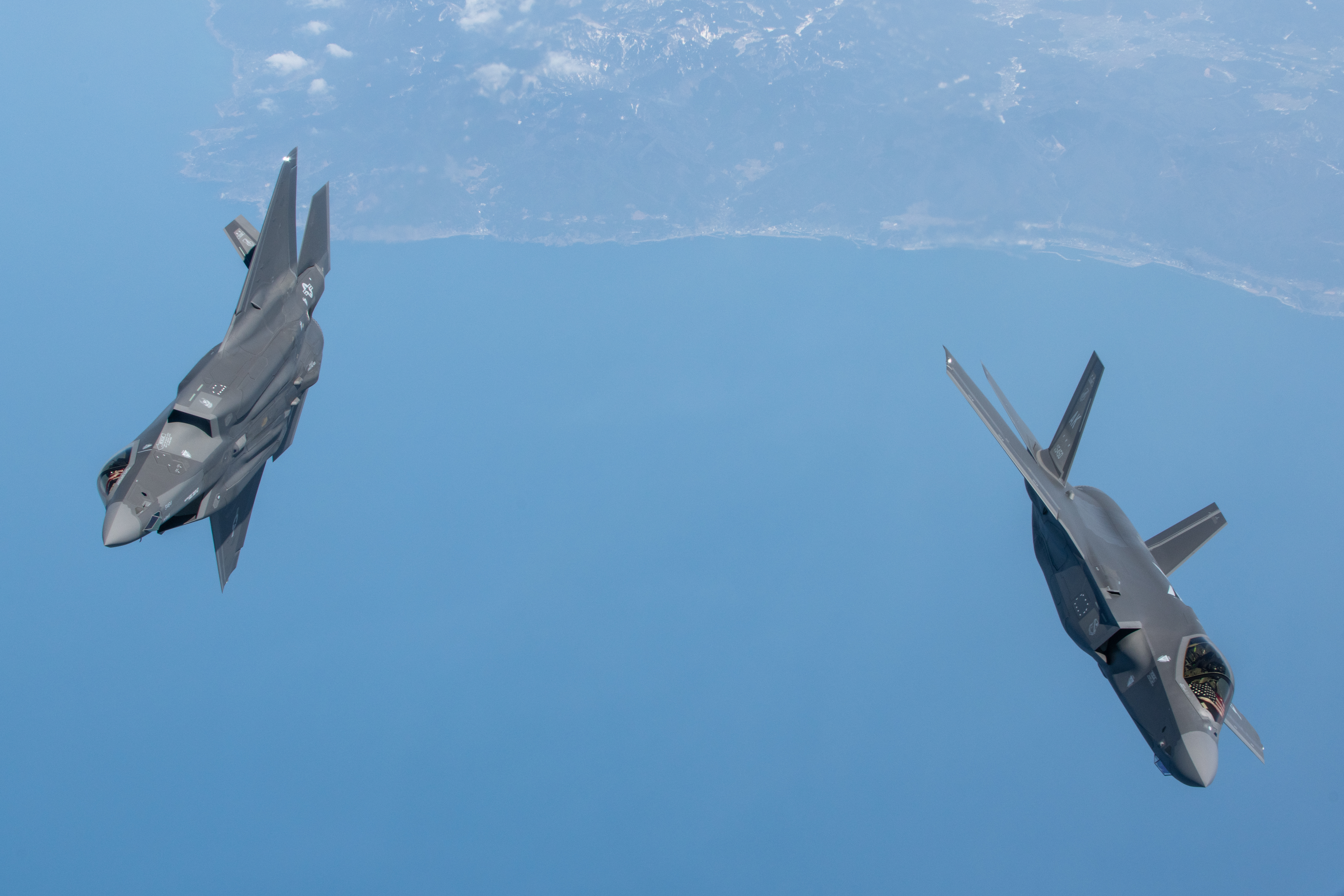
The U.S. Navy conducted an air demonstration with carrier aircraft on Tuesday in the Yellow Sea following the recent launches of North Korea intercontinental ballistic missiles, according to U.S. 7th Fleet.
The demonstration was carried out in international airspace by Navy F/A-18E/F Super Hornets and Marine F-35C Lightning II Joint Strike Fighters aircraft from USS Abraham Lincoln (CVN-72), along with regionally-based U.S. Air Force aircraft.
The statement said the launches of the ICBM North Korea on Feb. 27 and March 5 are a brazen violation of multiple U.N. Security Council resolutions as well as its international commitments and pose a threat to regional neighbors and the international community.
The U.S., “ will continue to take all necessary measures to ensure the security of the United States and our allies. We remain in close coordination with our allies and partners to address the threats posed by the DPRK. Our commitment to the defense of the Republic of Korea and Japan remains ironclad,” reads the statement.
Lincoln deployed from San Diego, Calif., on Jan. 22., and has largely been operating in the Western Pacific.
Further south, the Philippines Department of Foreign Affairs on Monday issued a release summoning the Chinese ambassador over the People’s Liberation Army Navy’s (PLAN) illegal incursion in the Sulu Sea from Jan. 29 to Feb. 1. According to Manilla, a PLAN ship, said to be a Dongdiao-class electronic reconnaissance ship with bow number 792, entered Philippine waters without permission, reaching the waters of Palawan’s Cuyo Group of Islands and Apo Island in Mindoro.
The Philippine Navy frigate BRP Antonio Luna (FF-151) challenged the PLAN ship, which alleged that it was exercising innocent passage and added that the PLAN ship’s movements did not follow a track that can be considered as continuous and expeditious, as it was lingering in the Sulu Sea for three days and that the PLAN ship also continued its activities in Philippine waters despite being repeatedly directed by Antonio Luna to leave Philippine waters immediately.

“As a country that abides by its international commitments, the Philippines recognizes the right of innocent passage in accordance with Article 52 of the 1982 United Nations Convention on the Law of the Sea (UNCLOS). However, the actions of PLAN 792 did not constitute innocent passage and violated Philippine sovereignty,” according to the statement.
Meanwhile in Australia, Australian Prime Minister Scott Morrison on Tuesday announced that he has directed Australia’s Department of Defence to commence studies into what infrastructure and services are needed in Western Australia to support the more frequent presence of United States and United Kingdom nuclear-powered submarines there.
Speaking at a press conference in Henderson, Western Australia, Morrison stated that his government expects that the study’s result later in the year and that “the ability of US and UK nuclear-powered submarines to be here on the west coast, and ultimately we’d like to see them on the east coast as well, is all part of what our plan is as we continue to push forward our AUKUS (Austalia-United Kingdom-United States) partnership.”
Morrison also added that his government plans to invest further in developing naval support facilities and infrastructure in Australia in order to enable ships from partner nations to operate out of Australia for extended periods, “but another part is to ensure that we can bring more of our partners’ vessels here to Australia, have them here for extended periods of time, and ensure that they can maintain and perform operations out of Australia,” he said.
Additional Russian ships have been spotted traveling past Japan from the Pacific Ocean into the Sea of Japan on Monday following the passage of a 10-ship group on March 10.
The latest transit had a group of three surface ships and three Kilo-class submarines transiting La Pérouse Strait while a single ship made a transit in the Tsugaru Strait.

Japan’s Joint Staff Office (JSO) of the Japan Self Defense Force (JSDF) stated in a release on Monday that at midnight three surface ships and three Kilo-class submarines were sighted traveling northwest in the waters about 130km southeast of Cape Soya. The surface ships were only identified by pennant numbers and correspond to destroyer RFS Marshal Shaposhnikov (543), missile range instrumentation ship RFS Marshal Krylov (331) and rescue tug SB-522.
The group then traveled west in La Pérouse Strait which divides the southern part of the Russian island of Sakhalin from the northern part of the Japanese island of Hokkaido and is an international waterway with Japan’s territorial waters extending to only three nautical miles in it. The release stated that monitoring of the group was carried out by the destroyer JS Makinami (DD-112).
A second release on Monday stated that a Russian weapons transport ship was sighted at 9 a.m. Monday moving westward in the sea area about 70 km east northeast of Shiriyazaki, Honshu and subsequently traveled west in the Tsugaru Strait and sailed toward the Sea of Japan. The release also stated the minesweeper JS Izushima (MSC- 687) monitored the Russian ship’s passage.
The picture provided in the release shows the ship as the weapons transport ship RFS Akademik Kovalev.
The Tsugaru Strait divides Honshu and Hokkaido and like La Pérouse Strait, Japan’s territorial waters extend to only three nautical miles in it. The Tsugaru Strait was the location of where the earlier 10-ship group transited on March 10.
The Russian ships were part of the Russian Pacific Fleet’s elements taking part in the global, large-scale naval exercises carried out by the Russian Navy from January to February and are likely to be heading to their home ports following the conclusion of the exercise.

Japan also released on Tuesday that F-35As of the Japan Air Self Defense Force (JASDF) had conducted the first-ever air-to-air training between JASDF F-35As and United States Air Force (USAF) F-35As on March 10 over the Sea of Japan west of Misawa.
The JASDF release stated that 4 JASDF F-35As of the 3rd Air Wing based at Misawa Air Base and four USAF F-35As took part in the training. It did not identify which unit the USAF F-35As belong to, but Pacific Air Forces issued a release on Feb. 23 stating that U.S. Air Force F-35As from the 354th Fighter Wing, Eielson Air Force Base, Alaska, had deployed to Kadena Air Base, Japan, on Feb. 20 to conduct integrated air operations. Japan currently has two squadrons operating the F-35A, the 301st Tactical Fighter Squadron and 302nd Tactical Fighter Squadron.





